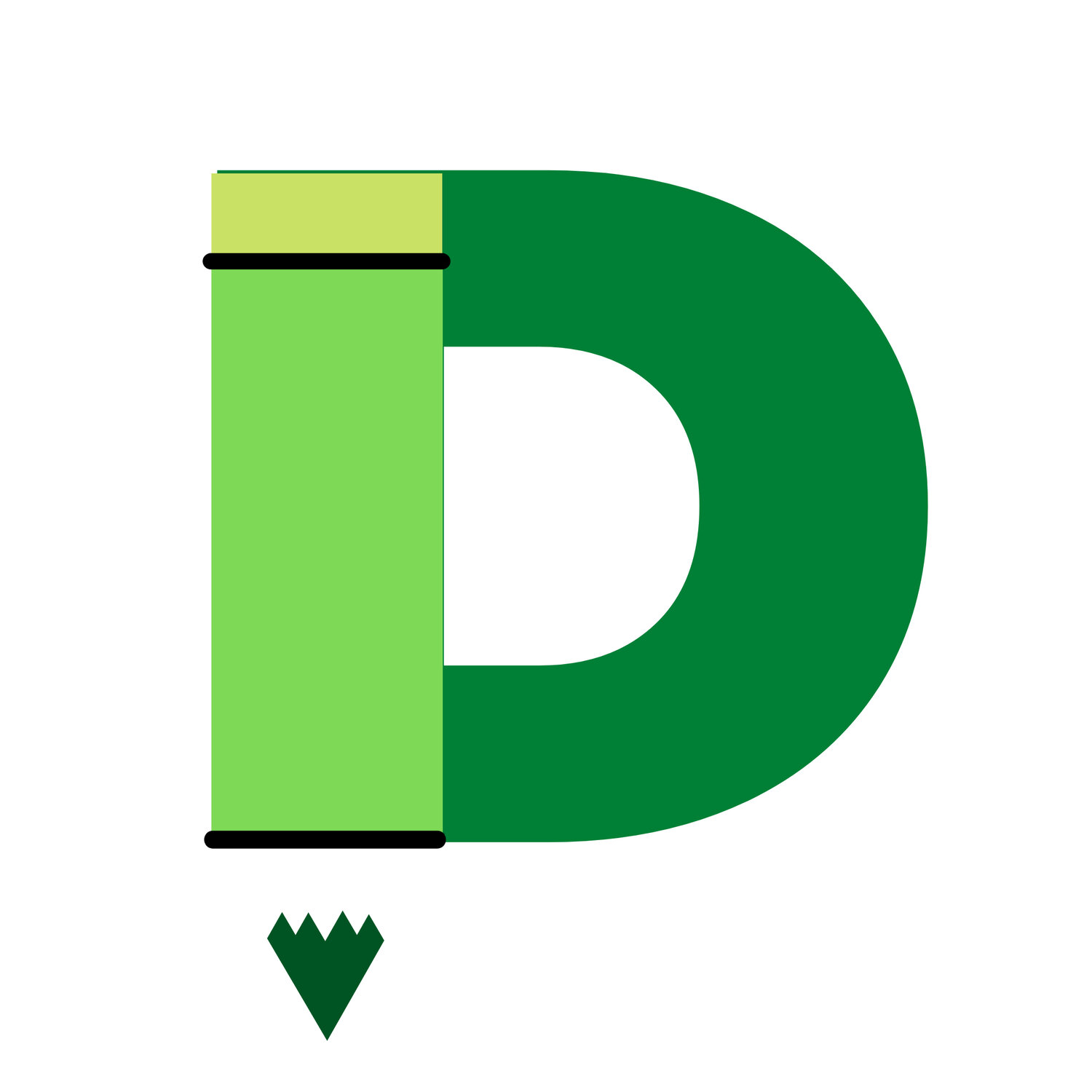UDL & Student-Centered Education
What is DON?
Diversify Our Narrative (DON) is a 100% grassroots organization composed of high school and college students throughout the U.S. pushing for equitable, long-lasting reform within our school districts. The centerpiece of this movement is around the concept to #DiversifyOurNarrative through the books, curriculum, and teaching practices we engage in. We believe that all students deserve an anti-racist, inclusive and empowering education!
Introduction
How we teach is just as important as what we teach. In traditional educational systems, teachers are often tasked with arbitrating what the students should and will become. But in creating a curriculum that deconstructs hierarchy, we seek to interrogate hierarchy in all spaces, including in classroom instruction. Who are these hierarchical models serving? How do they impact teaching and learning? What responsibilities do teachers have for students? What do those responsibilities look like outside of preparation for standardized testing?
According to sociocultural learning theory, "Human learning presupposes a specific social nature and a process by which children grow into the intellectual life of those around them.” Theorist Jean Lave argues that this type of learning is situated in communities of practice, and the participant both learns from the community and is a part of creating the community. She writes that "Developing an identity as a member of a community and becoming knowledgably skillful are part of the same process, with the former motivating shaping, and giving meaning to the latter, which it subsumes." Of what kinds of communities do we want our students to be a part? What kinds of identities as learners and community members do we want them to have? Paulo Freire similarly sees learning as fundamentally relational: "Knowledge emerges only through invention and re-invention, through the restless, impatient, continuing, hopeful inquiry human beings pursue in the world, with the world, and with each other.” For Vygotsky, Lave, and Freire, the process of learning is a process of relation, of interacting with the world and with other people. This framework seeks to emphasize the sociocultural basis of learning by focusing on how students relate to each other and how the educator relates to the students.
As an educator, you have the unique purpose of shaping children’s lives. Martin Buber defines education as the giving of “decisive effective power to a selection of the world which is concentrated and manifested in the educator. The relation in education is lifted out of the purposelessly streaming education of all things, and is marked off as purpose.” You give all the disparate and seemingly tangential information of the world a direction and present this to your students. You help them make meaning out of an overwhelming world. In some ways, this places you in the position of the keeper of official knowledge. Therefore, the knowledge you present – and how you present it – will in many ways become your students’ picture of the world. In consciously working against hierarchy and towards a relational model of education, you shape a new vision of the world for your students. Diversify Our Narrative’s (DON’s) suggestions for educators are rooted in creating this type of new model of education.
Links to pages:
Universal Design for Learning (UDL): Classroom activities should be designed with accessibility in mind – students of all backgrounds and abilities should feel comfortable engaging with classroom content. We recommend CAST’s framework which encourages educators to follow the Universal Design for Learning (UDL) guidelines to do this. Linked here, the guidelines provide students with unbarred access to classroom materials while ensuring that they are still challenged by their education. Use this graphic organizer to help you create or revise your classroom activities to be more accommodating.
Student-centered learning: Student-centered learning allows students to practice autonomy in their education. This method of teaching encourages students to take responsibility for their own learning by centering classroom instruction on the students’ own overlapping lived experiences (i.e. socioeconomic background, racial/cultural background, political socialization, etc.). By assuming that all students come into the classroom with important knowledge and skills to share, lessons are created to expand on the students’ valid experiences while adhering to educational expectations.
Non-hierarchical ways of teaching and learning: Often, educational institutions tend to follow a teaching dynamic that assumes that students hold no knowledge of their own, and it is up to the classroom instructor to “fill” them with knowledge. To promote a growth-centered learning environment, we encourage educators to follow ways of instruction that do not perpetuate a “hierarchy.” Our guide reinforces the importance of not conflating responsibility with authority, supporting educators in creating a safe learning environment that allows students to learn leadership skills while engaging with educational content.
Critical Consciousness: Critical consciousness is the critical lens to recognize and analyze systems of inequality in any context with a commitment to take action against these systems. Paulo Freire, the main proponent of critical consciousness, proposed a cycle of learning that involves gaining knowledge about the systems and structures that create and sustain inequity, developing a sense of agency, and ultimately committing to taking critical action against oppressive systems. Our students are already capable and powerful changemakers, but it is on us to create a space where this critical analysis, agency, and action can flourish. How do we give the students the tools to recognize systems of oppression? How do we help them understand their positionality and role in fighting against injustice? How can we use our classrooms to cultivate radical imagination and critical thinking? It includes Critical reflection (also called social analysis): learning to question social structures, Critical motivation (also called political agency): perception of the ability or desire to address injustice, and Critical action (also called social action): working to change injustices. See our Critical Consciousness workbook for more information about Critical Consciousness.
Culturally Responsive Pedagogy: A teaching practice that is rooted in the importance of honoring a students cultural background in all aspects of learning. The two major questions CRP asks includes, who makes up the community I serve? What are their strengths? What are their needs? See our Anti-Racist workbook for more information about Culturally Responsive Pedagogy.
Purpose Beyond Standards Because standards are so closely tied with measuring and quantifying learning in rigid and output-focused ways, we believe that standards should not be the start or end point of learning. We suggest that educators think about what their goals are for their lessons outside of state-mandated standards.
Processing Content by Sharing Students need the opportunity to process the information, ideas, and perspectives that they are exposed to through the methods. They need a chance to share their thoughts, feelings, and questions about what they have just learned. Taking time to process content is also a good way for the educator to see where the students are at with the content and framing. Maybe the students resonate with this content or perspective, or maybe they don’t understand it yet and need a different framing or method to reach the goals of the lesson.
Transitions to Prepare for Collective Learning It’s important for students to take a moment to prepare for the lesson and for discussing and working together. Focusing student learning on relationality means setting up the structures for students to practice relating directly to each other. Depending on your goal of the lesson, this can be quiet and contemplative or interactive and collaborative.
Opportunities to Create and Build: Instead of measuring or quantifying students through formal assessments, we suggest that educators give students the opportunity to create and build. Measuring and quantifying students limits the scope of learning and stifles creativity and motivated engagement. Creating and building, especially collaboratively, gives students a chance to connect with the material in a new and meaningful way.


